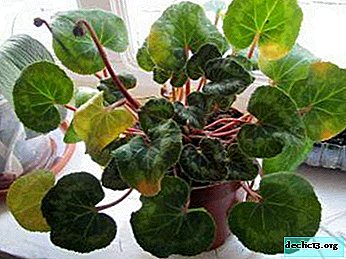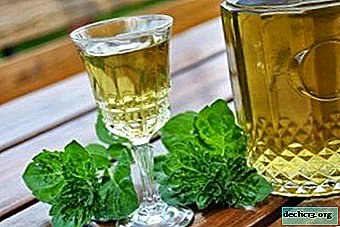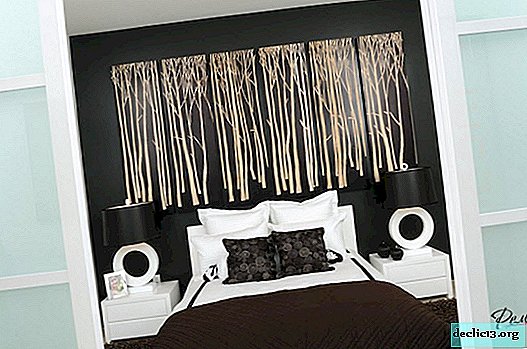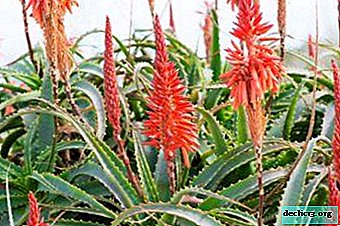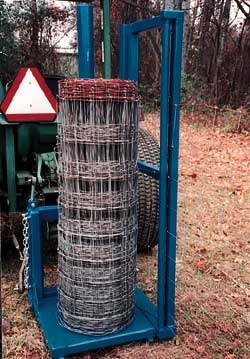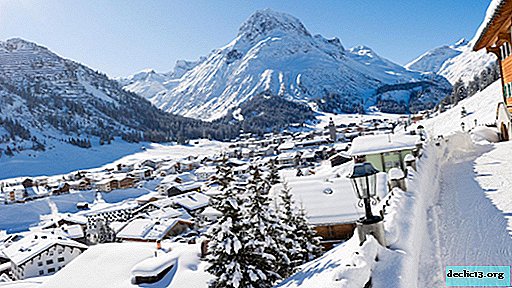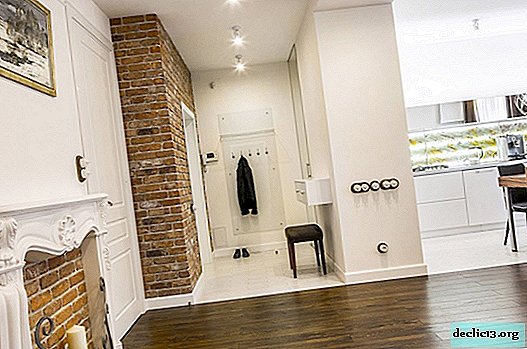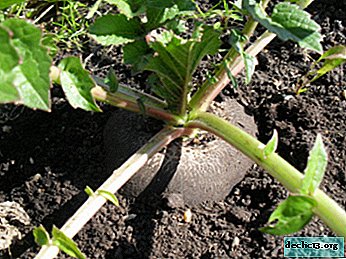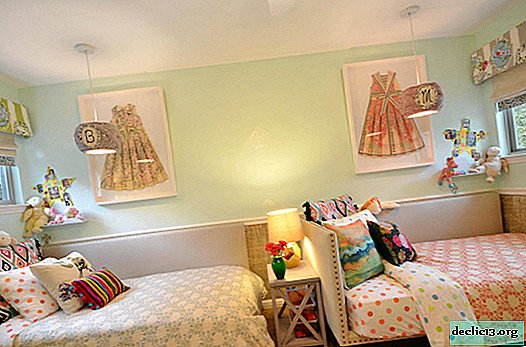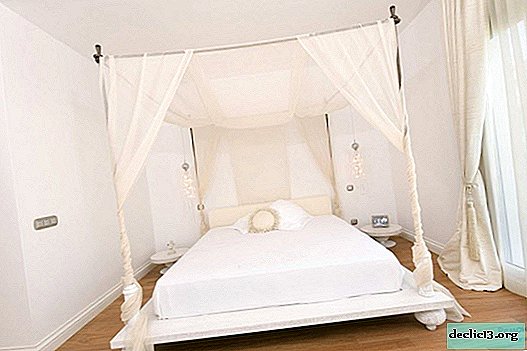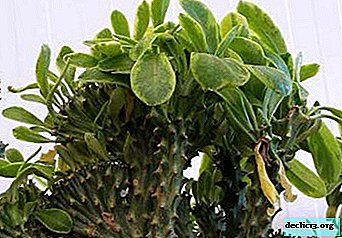Add a twist to the interior - grow Argyroderma (Argyroderma)
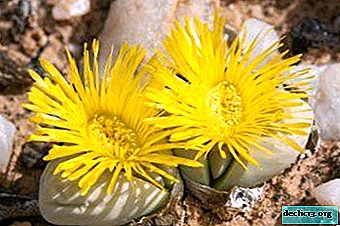
The originality of the argoderma is worthy of demonstrating this plant to its guests as a highlight of the interior. This species certainly occupies a worthy place among the succulent plants - living stones that are gaining popularity today. And more and more lovers of indoor plants grow them at home.
And about what kinds of varieties are, how to properly care for and propagate a flower, as well as about possible difficulties in keeping you will learn from this article.
Description and characteristic
Argyroderma (Argyroderma) - houseplant, succulent Aizov family. From Latin, the name of the plant translates as "silver skin." It is found in nature on sandy and rocky soils in South Africa, in the Cape Province of Africa and in the Karu desert.
Succulent miniature size, resembling pebbles in appearance.
The plant consists of two or four flat, fleshy, densely fused leaflets of a light gray-green shade of a semicircular shape. Each leaf in diameter does not exceed 3 cm. New foliage grows from the middle of the plant, while old leaves die off.
During flowering, a short peduncle appears from the crevice between the leaf plates. Flowers of white, white-pink, purple and yellow shades in size do not exceed 3 cm. After pollination, by April, on the argyroderma, fruits appear that look like a capsule.
The seed box opens when exposed to moisture.
Caring for argyroderma at home consists in organizing for the plant an optimal combination of illumination, degree of watering and ambient temperature. In general, the complex of care measures is not very complicated, which makes it possible to classify argyroderma as unpretentious plants that can maintain viability and decorativeness for many years.
Types of indoor plants
Pearson

Pearson Argyroderma is a houseplant, which is two half-grown gray-green leaf plates. In the process of growth, new ones break out of the gap between the old leaves, while the old foliage dies. Single flowers of a bright pink color also appear from the gap between the leaves.
Doing

Succulent, named after the famous cactus merchant F. Delaeta, is distinguished by its beautiful flowering. The colors of the flowers vary from white to purple and red. The period lasts from July to September.
Leaf plates are dense, gray-green in the shape of a cut egg with slightly elongated edges.
Testicular

A dwarf succulent plant with thick, fleshy leaves collected in a rosette with a diameter of not more than 3 cm. The color of the leaves can be from bluish-green to gray-blue. Sometimes you can find plants with small dots on the leaves. The appearance of pink-looking flowers with a diameter of about 4 cm in appearance, depletes the plant. Therefore, after flowering, the leaves wither and fall off, and fresh leaves appear in their place.
Cup-shaped or Cratiform

Miniature Succulent. Consists of two oppositely arranged leaves, about 2 cm in diameter. The leaves are fleshy, firmly pressed against each other. Bright yellow flower with whitish stamens.
Oval

Dwarf succulent. It is a plant of 2-4 fleshy oval-shaped leaves tightly pressed to each other. Leaflets are collected in a socket. The color of the leaves is gray-green, sometimes with a whitish coating. In the center of the plant, a flower with a diameter of up to 3 cm, white, pink or yellow, grows from a groove on a short stalk.
Patens

Miniature succulent in shape resembling an egg. Gray-green rounded leaves in the upper part are flat, in the lower rounded boat-shaped. Adult plants tend to branch. Flowers with a diameter of about 5 cm, lemon yellow
Schuldt

Succulent consists of a pair of leaf plates, up to 3 cm long, silver-blue or bluish-green. The junction of the leaves forms a V-shaped gap from which new leaves appear, and during the flowering period, flowers of purple or yellow colors.
Whitish

Bush succulent up to 8 cm in diameter. Whitish-green cylindrical leaf plates fused to 2/3 of its length. Flowers of bright purple color.
Care
- Lighting. Given that argyroderma came from hot regions, it is very demanding on year-round bright lighting. During the period when the daylight is shortened, it is necessary to resort to artificial sources of lighting. Under natural conditions, the argyroderma is able to hide from the excessively scorching sun under a layer of sand. At home, with the onset of intense heat, a light diffused shadow should be provided to the plant.
- Temperature. In the summer, the room temperature for this succulent is quite comfortable. For winter, the plant must be prepared. In the fall, you need to gradually lower the temperature in the room where the argyroderma lives, bringing it to 13-15 degrees.
- The location. It is best to place the argyroderma on the windowsills of the southern windows, without moving it close to the glass on hot summer days. Its roots are afraid of high temperatures, so a heated pot can harm the plant. In winter, the succulent will feel comfortable on the loggia or glazed balcony.
- Watering. Categorically it is impossible to allow overmoistening of the soil. Watering should be done during the period of active vegetation and flowering. It is best to water the argyroderma in small portions through the pan.During the dormant period of the plant from September to April, watering should be abandoned. Any moisture at this time can lead to adverse effects.
- Air humidity. Dry air is what nature itself prescribed to the argyroderma. No spraying or artificial moisturizing is necessary.
- Top dressing. In the period of intensive growth and budding, you can make fertilizers for succulent plants and cacti.
- The soil. For argyroderma, a special substrate for succulent plants is suitable, in which you need to add a little sand yourself. If you prepare the soil yourself, it should include:
- Sod land.
- Sheet earth.
- Coarse sand or perlite.
All components should be mixed in a ratio of 1: 1: 2. Sand before preparing the soil mixture must be thoroughly washed, otherwise the possible impurities contained in it will lead to "cementation" of the soil.
- Pruning. Argyroderma does not need scraps or pinches.
Breeding
Cuttings
Reproduction of this kind is used very rarely. Technically, this happens as the separation of a group of plants from an expanded colony and its placement in a new tank.
Seeds
 Planting material can be purchased at the store or collected independently from an adult plant. To do this, the fruit of the argyroderma needs to be kneaded and seeds taken, or placed in a ripe capsule in water, the cells will open and the seeds can be removed.
Planting material can be purchased at the store or collected independently from an adult plant. To do this, the fruit of the argyroderma needs to be kneaded and seeds taken, or placed in a ripe capsule in water, the cells will open and the seeds can be removed.
Before landing, they must be dried. After the seeds are placed in a container with a prepared substrate on its surface and sprinkled with coarse sand. Landing should be done in late winter - early spring.
You can read more about the propagation of succulents by seeds and cuttings, as well as the features of their cultivation here.
Transfer
It is recommended to transplant argyroderma once every 2-3 years before the period of intensive growth begins. For transplantation, you will need deep wide tanks with drainage holes. Expanded clay or any other drainage material is laid at the bottom.
After transplanting, you can not water the plant. In dry mode, microtraumas on the roots drag out faster, contributing to a faster adaptation of the plant.Diseases and Pests
- Wrinkled whitish spots on the leaves indicate sunburn. In this case, the plant needs to provide a slight shadow.
- Leaves fade or darken, become soft. Such manifestations indicate that the soil is swampy. It is urgent to refuse irrigation until the substrate completely dries.
- New leaves grow very intensively, but old ones do not die. Most likely, watering after transplantation started too early.
Pests dangerous to argyroderma:
- Mealybug.
- Spider mite.
- Thrips.
- Mushroom mosquitoes.
In the fight against them, special insecticidal drugs will help.
Content difficulties
- No flowering from the time of purchase - The reason may lie in poor lighting.
- Leaves slowed or stopped growing - the symptom indicates the need for transplantation into a new, more spacious pot.
It is pleasant to realize that not everything beautiful in this life is given with difficulty. You can enjoy the originality of the beauty from the hot edges of the argyroderma without making special efforts. Fulfillment of a minimum set of requirements can provide an absolutely comfortable environment for the existence of this outstanding succulent in the selected space.

